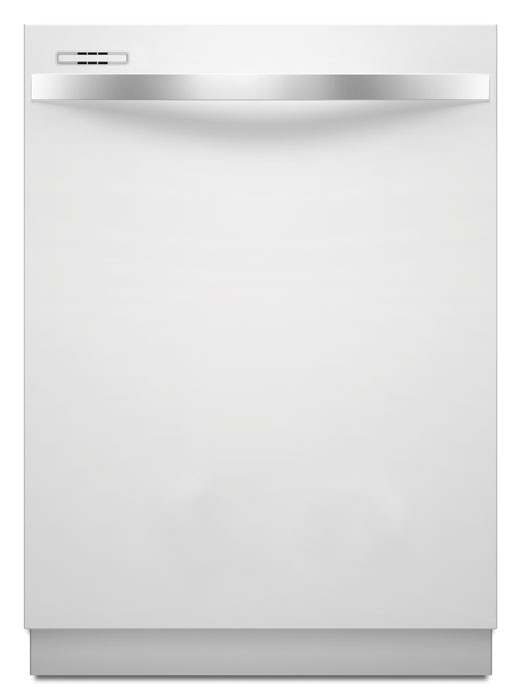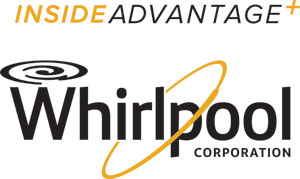Life-Cycle Assessments for Appliances
Usage Phase
No matter which major appliance is being discussed, the greatest environmental impact of the appliance by far comes from the use phase of the appliance. In fact about 80 to 90 percent of all environmental impacts of appliances are attributable to the energy (with corresponding emissions) and water consumed during the product's usage phase. Therefore by focusing heavily on energy and water efficiency improvements in appliances, manufacturers have been making significant strides in reducing the impact of appliances.
Energy usage reduction has come about through continued improvements in the operating technology of appliances since the 1980s when federal legislation was first passed requiring minimum performance standards in appliances, among other things. Since then, the minimum performance threshold has been steadily raised and the ENERGY STAR® program has recognized those appliances that exceed those standards by a defined percentage. The AHAM sustainability program also awards the most points in the energy efficiency category and requires ENERGY STAR® labeling first before an AHAM distinction is earned. Clearly there are plenty of external reasons encouraging energy use reduction while an EPD will reveal just how effective those efforts are in a given line of appliances.
Water usage has been a similarly strong focus for appliances like dishwashers and clothes washers that need water to operate. LCA studies have found, for example, that many dishwashers have become so efficient in their use of water that it is now much more favorable to the environment to wash dishes using a dishwasher compared to hand washing. By reducing the water consumption overall, water as a resource is depleted less and the environmental impact of processing and treating that water is less.

Image courtesy of Whirlpool Corporation
Water consuming appliances like dishwashers have increased in efficiency to the point where they use less water than washing dishes by hand.
A growing trend in appliances is the use of electronics to gain better control of how and when they operate. In some locations, rates for electricity vary by time of day or night based on peak and non-peak hours. Hence, it is becoming common to see smart phone apps that can be used to program when appliances run or operate them remotely to take advantage of off peak economic savings. In locations where there is a computerized “smart grid,” then “smart appliances” can tie in and read directly when the off–peak hours are and operate accordingly. By using and programing appliances in this way, economic, social and environmental impacts can be minimized either directly or indirectly.
End of Service Life
Appliances can be expected to last a decade or more, but as they wear out or become obsolete compared new energy and water use improvements, they all eventually need to be replaced. Given their size and the durability of the materials, sending them to landfills is no longer an acceptable option in most cases. Rather, manufacturers have been initiating take back programs as an initiative to recycle the materials and the parts of the appliance more completely. They recognize that up to 90 percent (based on weight) of the materials used in an appliance are fully recyclable, and are actually of high value, which makes recycling them profitable. Implementing a program like this helps reduce the end-of-life impacts to the point where it becomes a positive impact offsetting other negative ones in an EPD.
Conclusion
When looking at the environmental impact of buildings and the things that go into them, life-cycle assessment and environmental product declarations are becoming key tools in identifying and comparing appropriate product choices. National and international standards have been developed to create a uniform process for gathering and reporting information with varying degrees of third party verification available. Appliance manufacturers have begun to embrace this process as a means to improve their own product line but also to distinguish themselves from others. When considering and selecting appliances, the use of these emerging tools allows architects and designers to choose the most environmentally friendly appliances across their full life cycle.
 |
Whirlpool Corporation, the leading manufacturer of major home appliances, brings you Inside Advantage—innovative products providing efficiency and performance; market insights helping you to create more appealing designs; and targeted services that make doing business with them easier and more profitable. |








